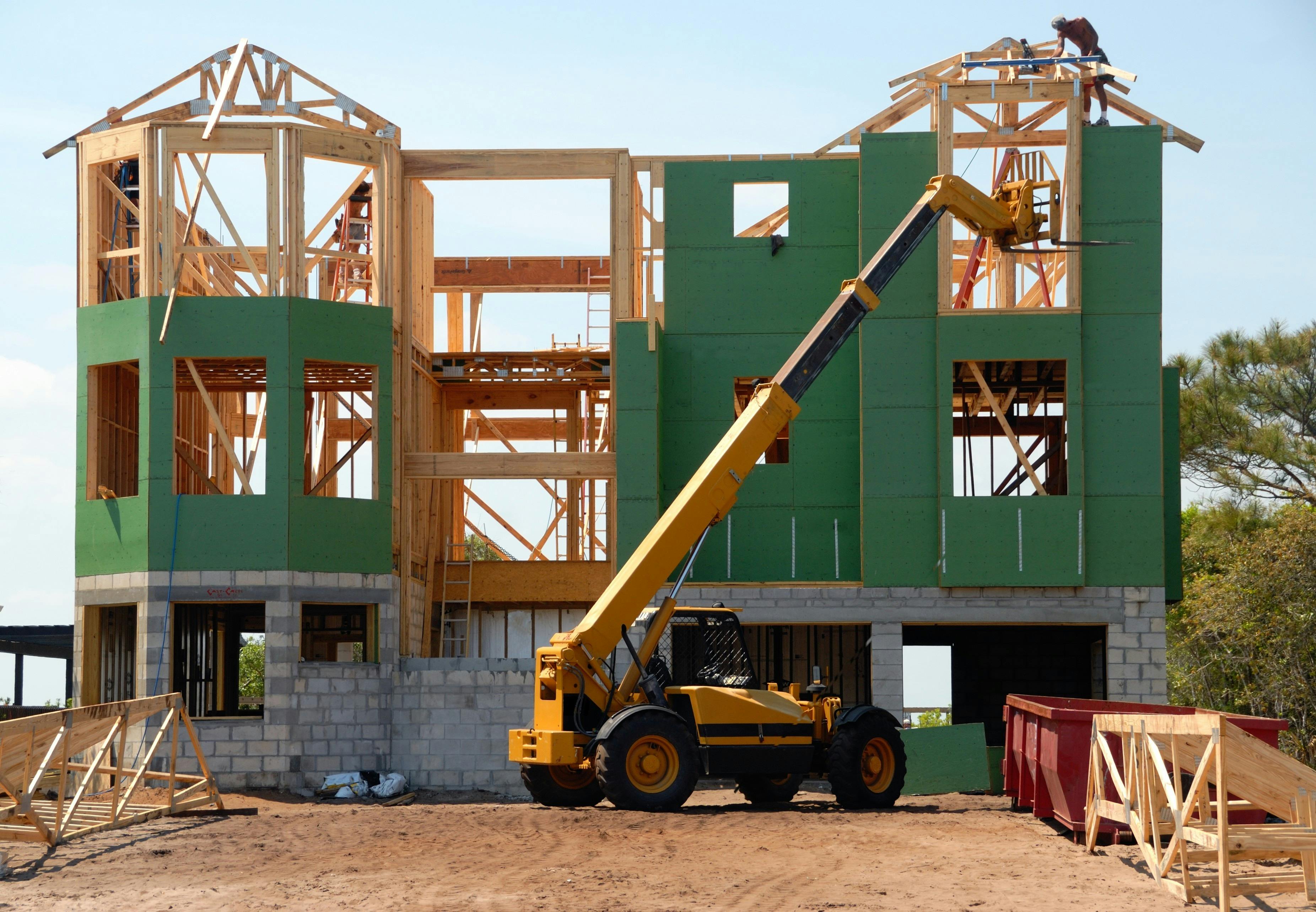
How to reduce your household electricity bill with solar energy
admin
- 0
If you were to check your monthly expenses, you would notice that your utility bill is the second largest after your local bank’s mortgage. Electricity is very important because all the electrical equipment in our house works with it.
Due to the high cost of energy, many homeowners are considering using a residential solar power system to reduce their home’s energy use. How does a solar energy system work in a residential unit?
In reality, a home solar system is quite simple. There are only a few main components such as the solar panels, charge controller, battery bank, and power inverter. There are a few other smaller components such as meters, AC breakers, and wires.
Generally, the system works by using solar panels to capture energy from the sun. This is done through the use of photovoltaic (PV) cells. The photovoltaic cell is a semiconductor material that generates an electrical current when exposed to sunlight.
A solar cell is capable of producing only a small amount of current. However, when you string multiple cells together in series, the power output will be enough to charge one battery unit.
The battery charge is managed by the charge controller. The charge controller will take current from the solar panels and store it in the battery.
The type of battery used for a home solar power system is a marine type or deep cycle battery. The deep cycle battery is more durable and can be discharged to a very low level without damaging its internal components.
How many battery units do you need for a residential home that uses solar energy? The actual number will depend on the power requirement. For a small house with 2 bedrooms, 4 to 6 battery units will be enough to provide the necessary power.
Since all batteries can only store direct current (DC), the power inverter will be used to convert the DC to alternating current (AC). The AC will be used to run all the appliances in the house.
To take advantage of the electricity generated by the solar system, all you need to do is run an extension cord from the power inverter around your house. Connect multiple outlets to the cord for easy access.
Building a home solar power system is a simple process if you know how to read electrical wiring diagrams. If you have no idea how electricity works, you may be better off outsourcing the entire project to a professional solar contractor.
When you outsource, be prepared to pay a premium for the system. A custom designed home solar power setup can cost upwards of $40,000. For a cheaper alternative, you can always go for a DIY solar system.

